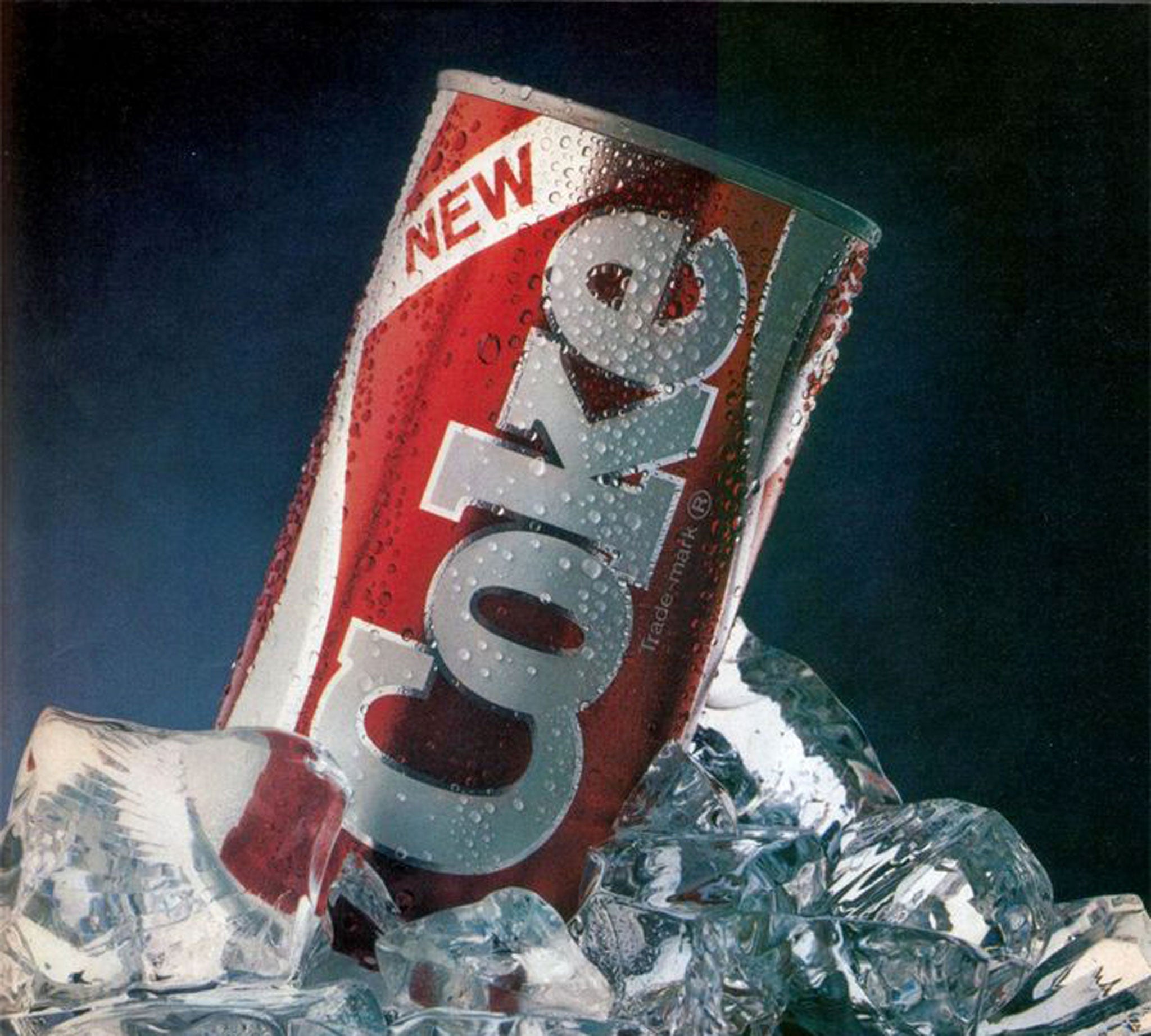Rhodri Marsden's Interesting Objects: New Coke
New Coke was described as 'rounder, yet bolder... a more harmonious flavour'

* This weekend 30 years ago, Coca-Cola CEO Roberto Goizueta invited journalists to a press conference, promising a very big announcement. With Coca-Cola's market share having declined for the previous 20 years, Pepsi had a hunch what was coming; it took out full-page advertisements for the day of the announcement, celebrating the fact that Coke was changing to be more like Pepsi. Indeed, all Pepsi employees were given a day's holiday.
* New Coke was duly unveiled. When the somewhat hostile journalists asked what it tasted like, Goizueta replied: "Rounder, yet bolder... a more harmonious flavour". It had certainly outperformed Pepsi significantly in blind taste tests, and Coke's executives were bullish; all testing and marketing plans had been done in total secrecy, and the world was now ready. The first cans were ceremoniously delivered to men working on renovating the Statue of Liberty.
* But the secrecy surrounding New Coke meant that the taste tests never revealed that it was intended to replace the old formula. Mark Pendergrast's book, For God, Country And Coca-Cola, details some of the furious reactions: in Georgia, a woman attacked a Coke delivery man with her umbrella, calling him a bastard; Fidel Castro ordered Cuban radio to pronounce New Coke as "symptomatic of American decay", and by June the company was receiving 8,000 calls of complaint per day. "Changing Coke," said one unhappy customer, "is like making the grass purple."
* On 11 July, the original formula was re-introduced, under the name 'Classic Coca-Cola'. New Coke would limp along for many years; it was rebranded Coke II in 1990 and was finally discontinued in 2002. Changing "the sublimated essence of all that America stands for" proved to be one of the biggest marketing blunders of all time.
Join our commenting forum
Join thought-provoking conversations, follow other Independent readers and see their replies
Comments